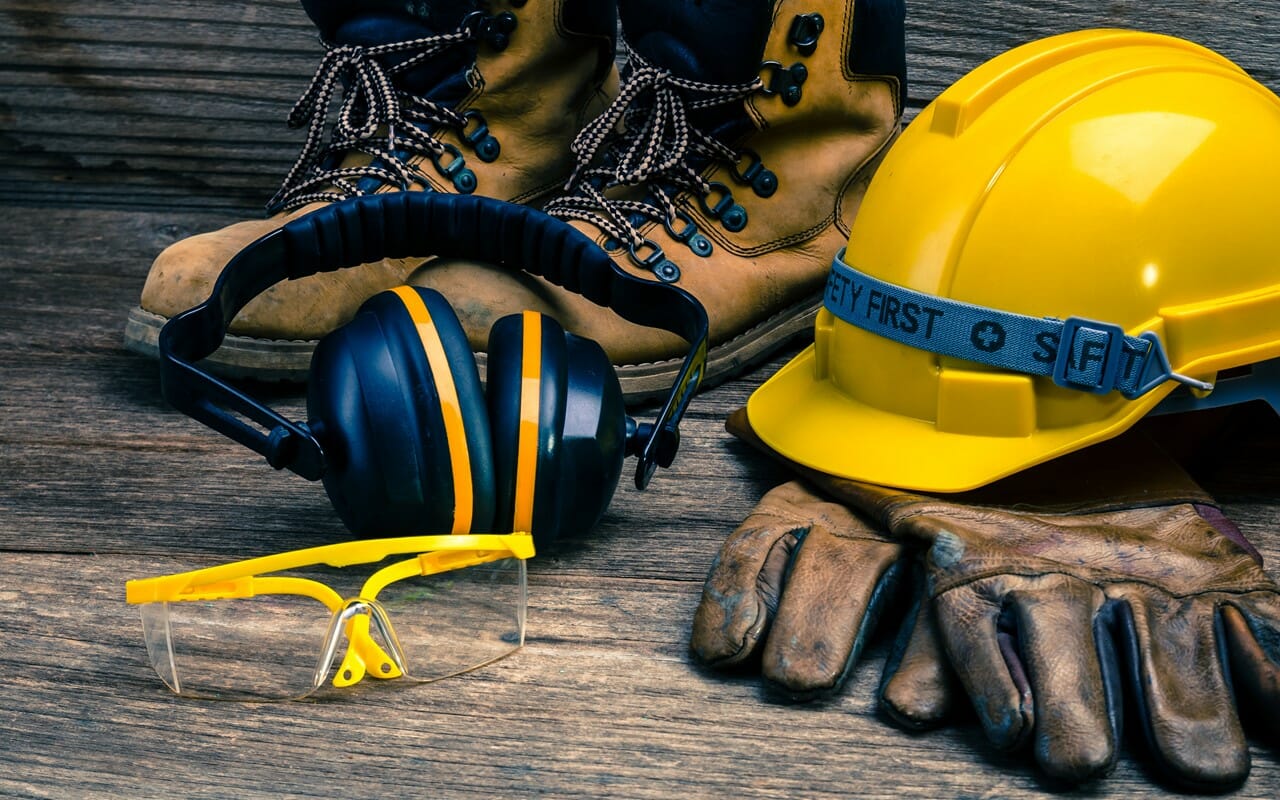
According to the most recent data from 2020/21, there are 1.7 million people suffering from a work-related illness or injury.
This number includes around 470,000 workers who are suffering from a musculoskeletal disorders, some of whom have seen their injuries caused or exacerbated by working on construction sites.
But what steps can employers and site managers take to protect their staff members? Here are some ideas to keep in mind:
#1. Ensure That Each Worker Has Adequate PPE
Personal protective equipment is crucial to widespread safety on all construction sites, but it should be noted that there are many types of PPE available to workers.
So, the type of PPE required will vary wildly from one job role to another, creating a pressing need for everything from helmets and hard hats to high-viz jackets, gloves and protective footwear.
So, it’s important to conduct detailed risk assessments in relation to each construction site jobs, before ensuring the right PPE is procured in adequate number and the best possible quality.
Buying PPE in bulk is also preferable from a cost perspective, as this will introduce considerable savings and enable you to access more than enough protection equipment without spending outside of your means.
#2. Invest in Construction Wearables
You could also look to invest your capital into wearable technology on the construction site, which will leverage innovations like smart watches to monitor various health metrics and the general wellbeing of workers.
This can be particularly beneficial when working in hot or humid conditions, as you can monitor heart rates and blood oxygen levels to ensure that builders are healthy and coping in the heat.
In terms of funding this additional expense (which is far from cheap), you may want to seek out flexible loans or cash advances that are available through the peer-to-peer markets.
This provides flexible and accessible funding, while it will add value to your workforce and potentially boost long-term productivity.
#3. Create a Culture of Learning
While managers, foremen and supervisors are primarily responsible for health and safety and the implementation of measures, it’s also important to ensure that each worker takes responsibility for their own wellbeing.
This can be coached within a culture of learning and development, where employees are regularly sent on training and refresher course to impart relevant skills and insight when it comes to staying safe at work.
Prominent areas of focus could be working at height, operating dangerous equipment and using PPE correctly, with training provided as new guidelines are issues and updated over time. This will ultimately ensure that employees can adequately take charge of their own safety in all scenarios, easing the burden of management and minimising the risk of injury
